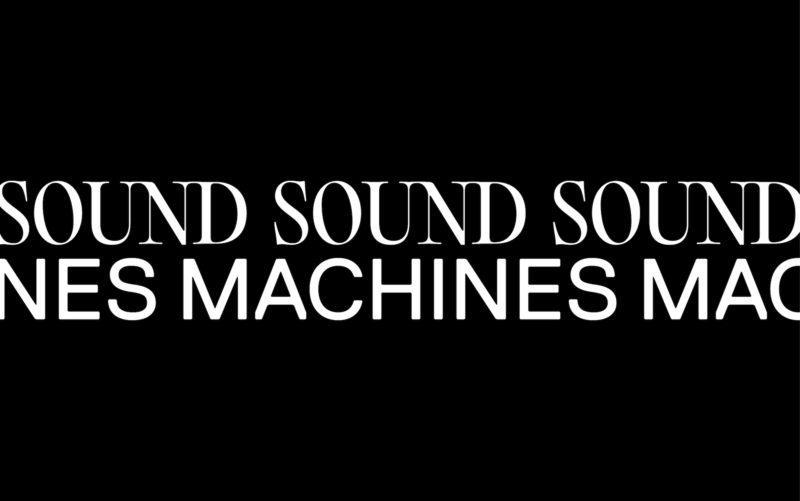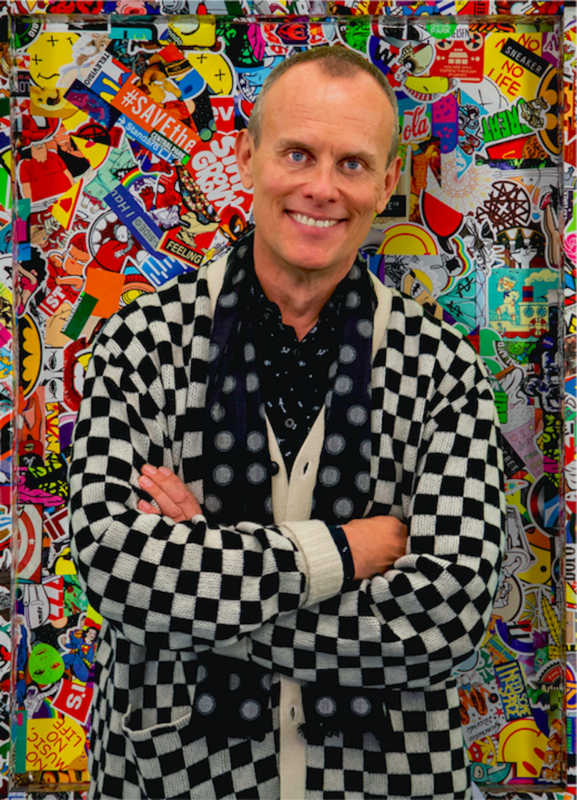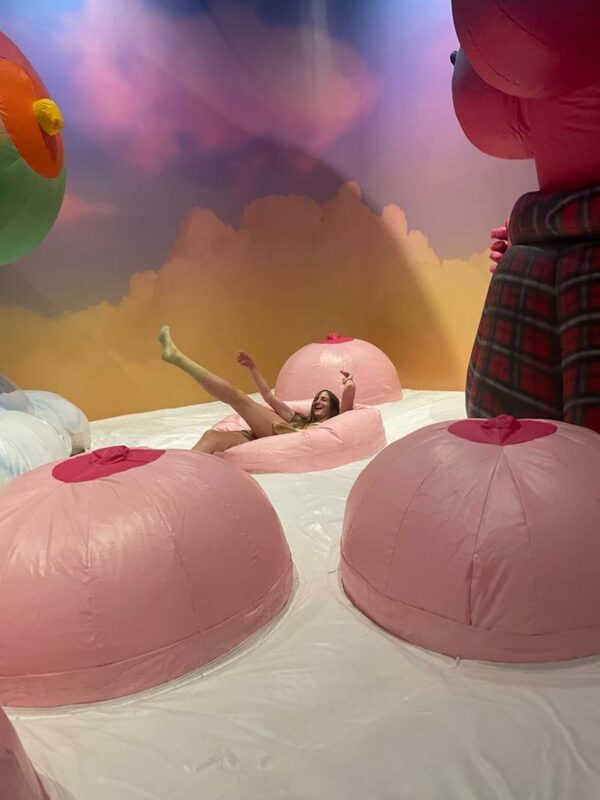
The Museum of Modern Art has just opened Wolfgang Tillmans: To look without fear, the artist’s first museum survey in New York in the Steven and Alexandra Cohen Center for Special Exhibitions. Unique groupings of approximately 350 of Tillmans’s photographs, videos, and multimedia installations are displayed according to a loose chronology throughout the Museum’s entire sixth floor.
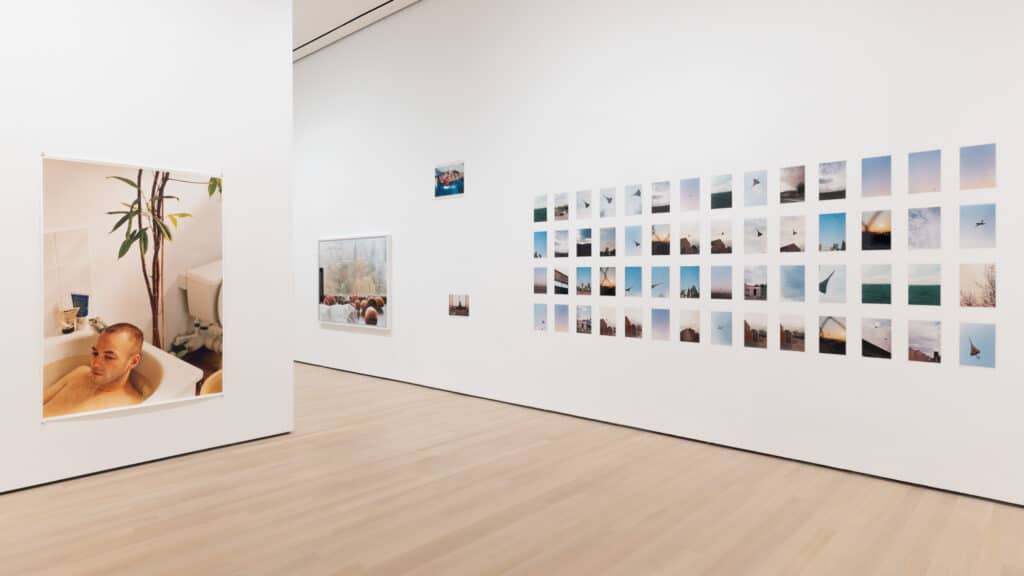
Shaped by new scholarship and eight years of dialogue with the artist, the exhibition highlights how Tillmans’s profoundly inventive, philosophical, and creative approach is both informed by and designed to highlight the poetic possibilities and social and political causes for which he has been an advocate throughout his career.
Wolfgang Tillmans: To look without fear is organized by Roxana Marcoci, The David Dechman Senior Curator of Photography, with Caitlin Ryan, Curatorial Assistant, and Phi Taylor, former Curatorial Assistant, Department of Photography.
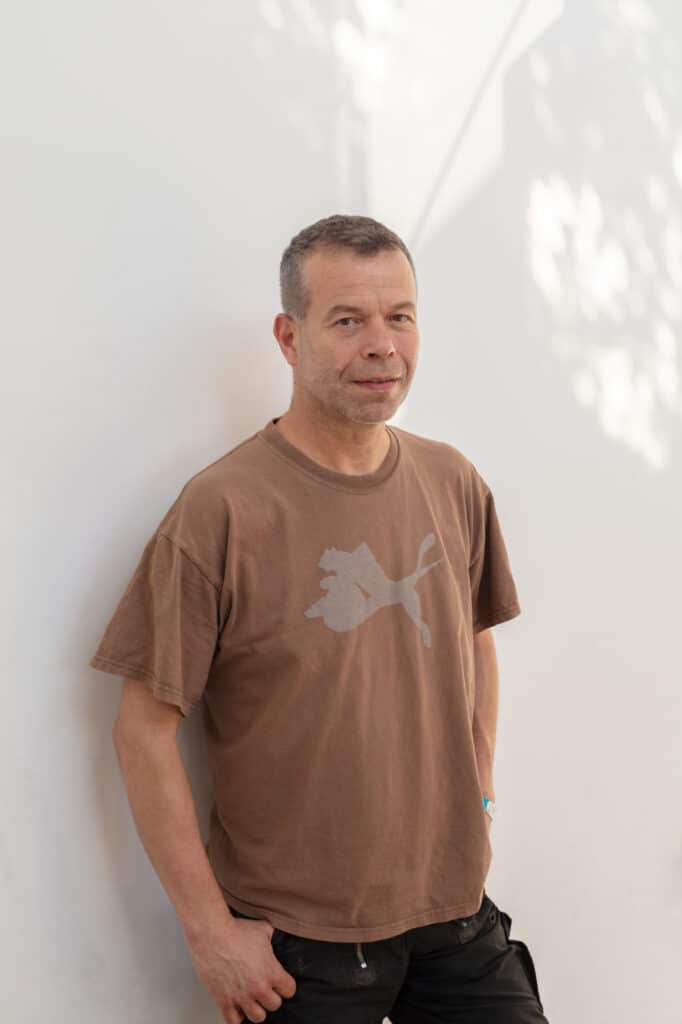
Wolfgang Tillmans (b. 1968, Germany) has explored seemingly every genre of photography imaginable, continually experimenting with how to make pictures meaningful. Since the beginning of his career, Tillmans has revolutionized the prevailing conventions of photographic presentation, making connections between his pictures in response to a given context and activating the space of the exhibition. Spanning the artist’s production from the 1980s to the present, this survey will present iconic photographs alongside his rarely seen significant bodies of work, foregrounding the ways in which Tillmans’s concern with social themes, lived experiences, and the idea of togetherness are inextricable from this ongoing
investigation of the medium.
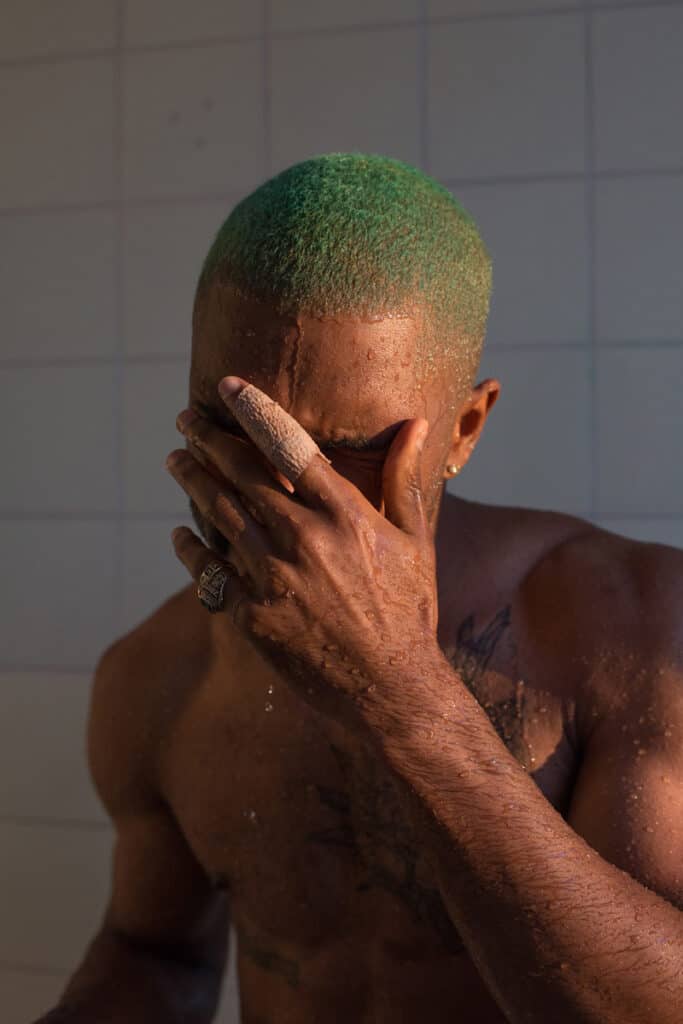
Social themes form a rich vein throughout his practice.
They motivate Tillmans’s exploration of the questions of how to see and how to communicate
said Roxana Marcoci.
seeing.
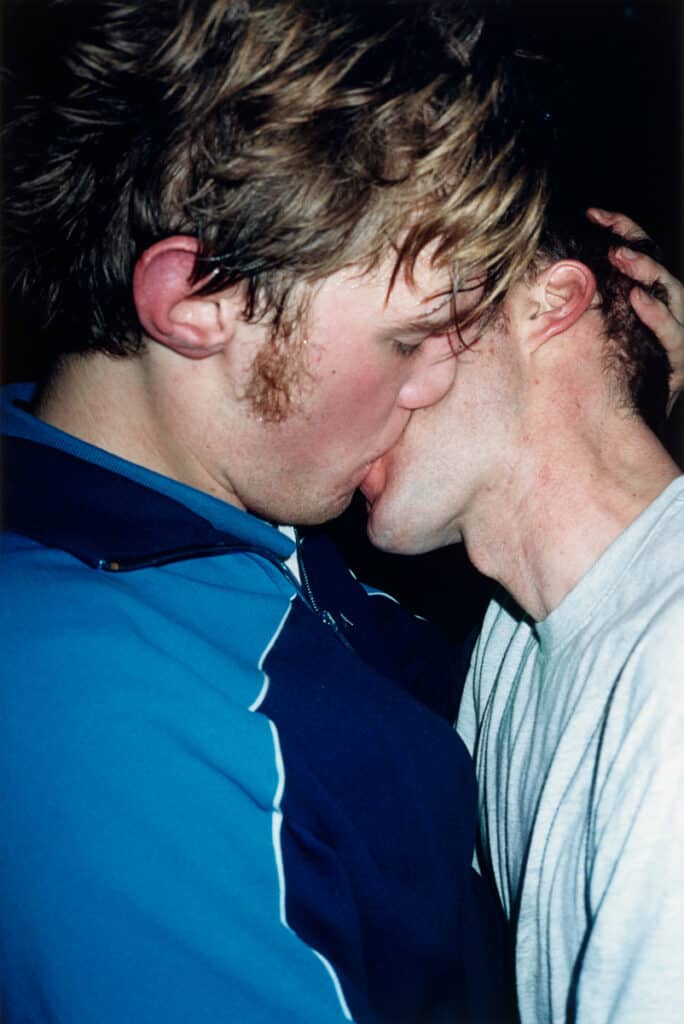
His approach to art making emphasizes the ideas of human connections, with his work reflecting a deep care for his subjects. Tillmans has pictured survival and loss amid the AIDS crisis, mined the media’s aestheticization of military forces, given voice to LGBTQ+ communities around the world, and tracked the diffusion of globalism.

Looking without fear will present several different bodies of work and reflect Tillmans’s distinct strategies of display. In his installations, unframed prints are taped to the walls or hung with clips, and framed photographs appear alongside magazine pages. Constellations of images—color and black-and-white photographs and photocopies—grouped on walls and tabletops alongside video projections and sonic installations exemplify the artist’s idea of visual democracy in action.
I see my installations as a reflection of the way I see, the way I
Tillmans
perceive or want to perceive my environment

The works installed at the entrance to the exhibition exemplify Tillmans’s engagement with new forms of technology, which is traceable to his childhood passion for astronomy. It was through his early trials with the telescope, and later with the photocopier and video camera, that he ultimately arrived at his photographic practice. Victoria Park (2007), depicting two friends lounging in a park in East London, reflects his long-standing engagement with the laser photocopier, which he first happened upon as a teenager in a local print shop in 1986. Often enlarging images up to 400 percent, Tillmans aspired to expand the limits of photographic materials and techniques, an ambition that aligned with his near contemporaneous experiments with electronic music. In the 2017 video untitled (leg), a single bare leg rotates slowly in rhythm, recalling 19th-century pre-cinematic motion studies, while its vertical aspect ratio evokes a 21st century-format: the smartphone screen.
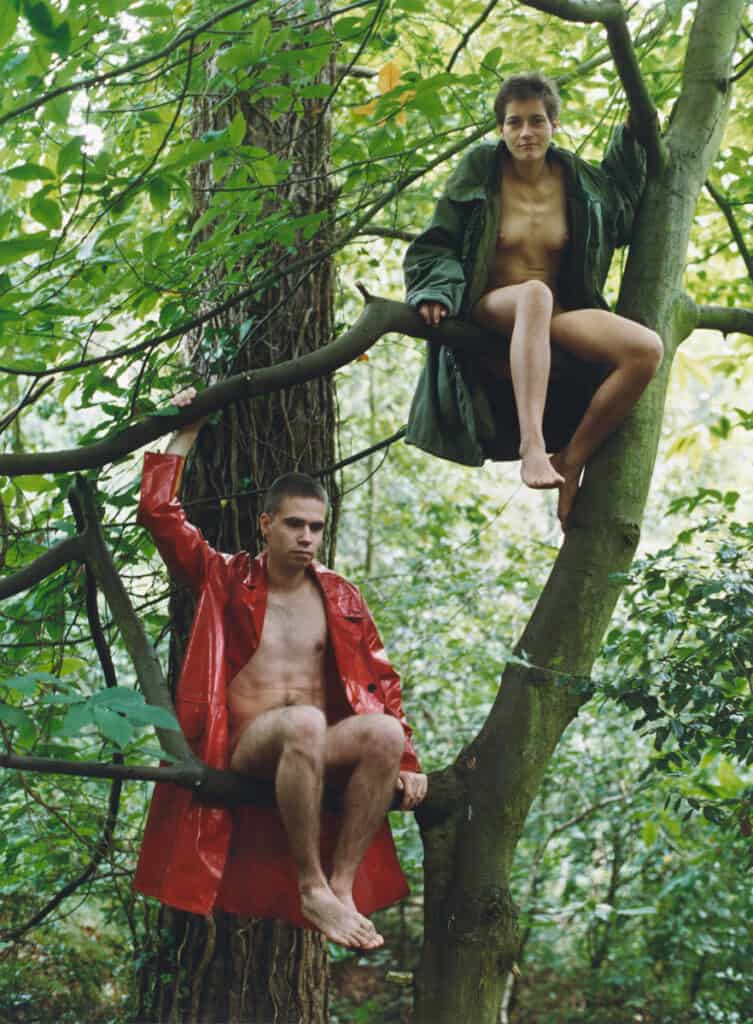
In the exhibition’s first gallery, Tillmans’s early photocopies will be installed alongside images that brought him to prominence as a chronicler of youth subculture and nightlife, including Lutz & Alex sitting in the tree (1992) and Chemistry Squares (1992), which were both published in the British alternative magazine i-D in the early 1990s. The persistent presence of magazines in his exhibitions is indicative of how Tillmans harnesses the capacity of his pictures to amplify ideas when they are distributed across media platforms.
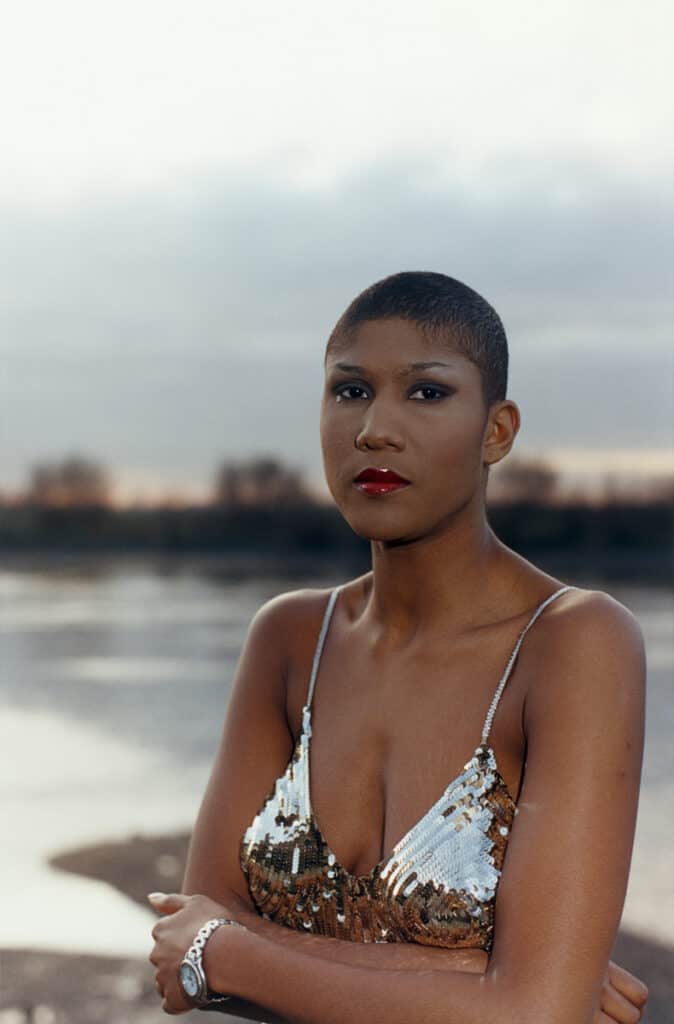
The second gallery includes early photographs that foreground Tillmans’s abiding interest in music and performance. His portrait, made for Interview magazine in 1995, of the legendary DJ Joanne Joseph—better known by her stage name, Smokin’ Jo is installed near a wall of speakers (1992), made on a trip to Kingston, Jamaica, where Tillmans photographed the local ragga music scene. This photograph captures an outdoor festival’s precariously stacked sound system, depicting the structure as both a sculptural object and a means of experimentation capable of producing thunderous bass sounds.
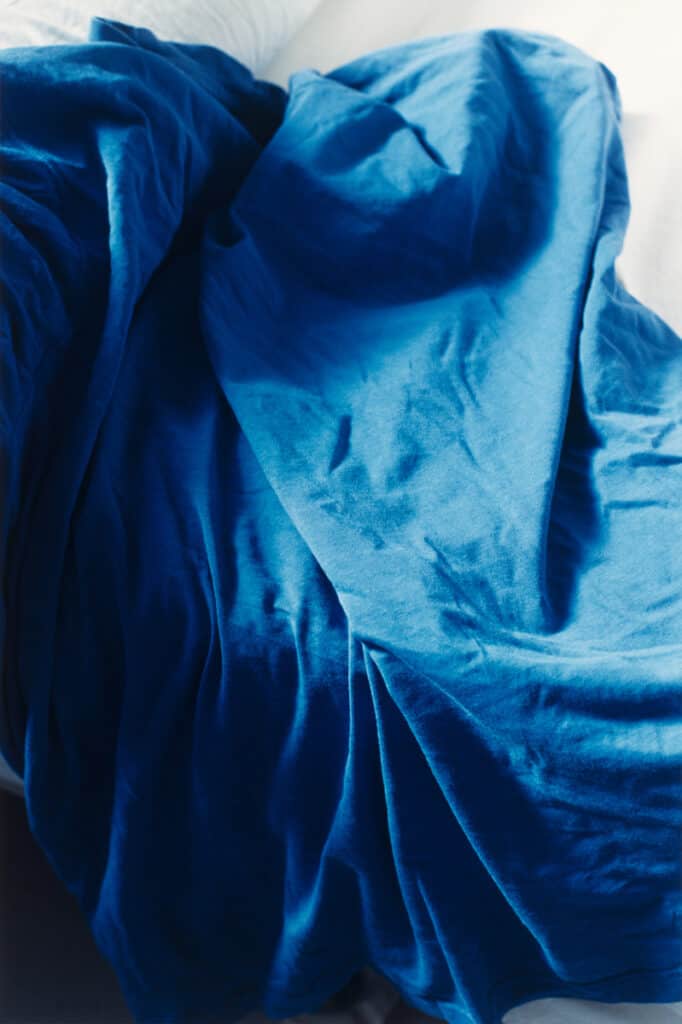
The following gallery includes works that speak to Tillmans’s subversion of traditional art-historical subjects and genres. In the photographs he calls Faltenwurf (German for “drapery”), clothes hang drying on radiators, are crumpled into balls, or lie in heaps, alluding to drawn and painted studies of fabric. Beginning in the late 1990s, Tillmans became increasingly invested in the possibilities afforded by darkroom abstraction, experimenting with new techniques, such as applying colored tints and using flashlights to manipulate a negative while it developed. In his monumental I don’t want to get over you (2000), a title inspired by the lyrics of a song by the Magnetic Fields, gestural green streaks and dark, thread-like lines fuse with the image of a vast, barren-looking, otherworldly landscape.
Tillmans’s video work—an under-recognized facet of his practice—brings together movement, electronic music, ambient sound, technology, and quotidian imagery. The fourth gallery features two such video works. Lights (Body) (2000–02) focuses on the flashing lights in a busy nightclub, revealing the specks of dust rising off the ravers’ clothes and skin, accompanied by the hypnotic dance beat of Air’s “Don’t Be Light (The Hacker Remix).” Peas (2003), a three-minute study of a pot of boiling peas in close-up, shot in Tillmans’s former East London studio, depicts the mutual rhythm of the vegetables over audible sounds from a Pentecostal church across the street.

A fifth gallery is dedicated to Soldiers: The Nineties (1999), an installation of enlarged newspaper photographs exploring the geopolitical implications of visual culture. Throughout the 1990s, as Cold War tensions eased, the front pages of newspapers often featured images of soldiers engaged in acts of leisure, such as smoking, casually sitting, or playing chess, as thousands of military personnel were deployed to conflict-ridden nations to participate in peacekeeping missions sponsored by the United Nations. Tillmans was intrigued by the erotic undertones of these photographs of anonymous, occasionally bare-chested servicemen, informed by his previous attention to the ways that queer and techno subcultures had adopted camouflage and utility wear
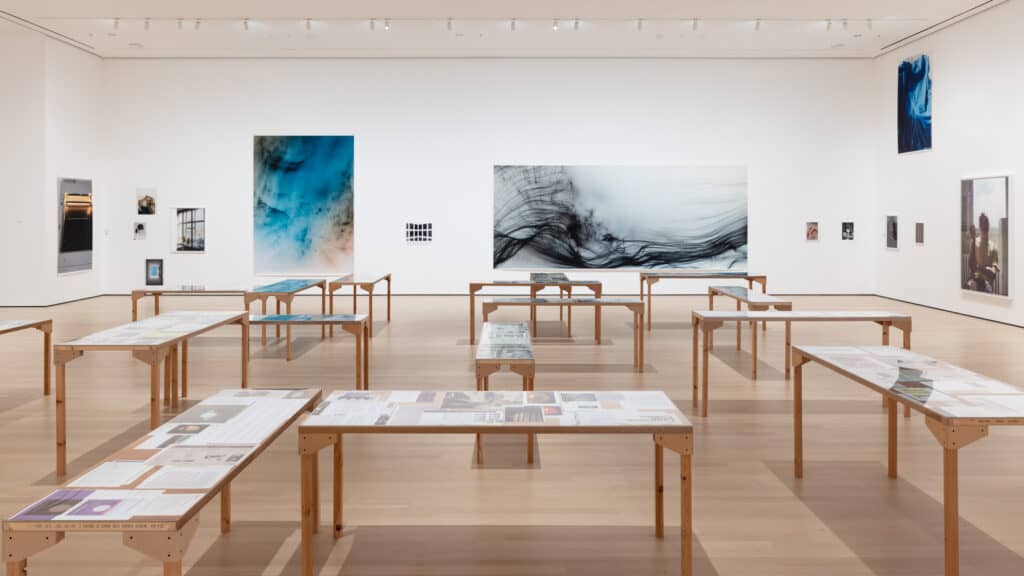
Gallery six explores Tillmans’s work at the threshold of abstraction and representation, as well as his deep interest in the materiality of photographic paper. Tillmans first created a body of work called paper drops after he acquired an industrial-sized printer in 2001 and began experimenting with the optical effects of gravity, which allowed the paper to freely bend and curl. “For me, the photo has always been an object,” Tillmans has said. The manipulated color fields of the Lighter (ongoing since 2005) works expand upon this dynamic. Made without a camera, the photographic paper is either folded in the darkroom or exposed to evoke the effects of folding, and then framed in plexiglass. The Silvers (ongoing since 1992) are also cameraless works made by feeding photographic paper through a developer that Tillmans has purposely not cleaned, allowing interferences of dirt and traces of silver salts be visible.
The center space of the exhibition includes an iteration of Tillmans’s Truth Study Center, a type of structure first presented by Tillmans in 2005, in which unpretentious wooden tabletops serve as the display architecture for a mix of his own photographs, clippings, and printouts of newspaper and magazine articles. Tillmans introduced this tactic to question notions of absolutism—whether it be the Bush Administration’s claims of weapons of mass destruction to justify the war in Iraq, or religious dogma in any form—while also acknowledging the universal human desire to search for truth. Half of the tables in this room contain material from the early 2000s installations while the other half has been composed specifically for the MoMA exhibition using recent material

Between 2008 and 2012, Tillmans embarked on a major new project that coincided with his adoption of the digital camera. Comprising portraiture, still life, landscape, street photography, and architectural studies, Neue Welt (“New World”) observes the flows of finance, commodities, and people around the world. Alongside these works, gallery seven will feature documents of social movements that bring to the fore the ethics of care at the heart of Tillmans’s practice. One such exemplary work is a 2014 photograph of dancing figures at one of St. Petersburg’s few gay clubs, the Blue Oyster Bar, taken a year after Vladimir Putin signed a bill outlawing the dissemination of “propaganda for non-traditional sexual relations.” Another notable example is Black Lives Matter protest, Union Square, b (2014), depicting an outstretched hand at a Black Lives Matter protest in the wake of widely publicized police killings of African Americans.
A highlight of To look without fear is the first US museum presentation of an audiovisual listening room for Tillmans’s first full-length album, Moon in Earthlight (2021), a quintessential example of his unique style of “audio photography.” As a musician and documentarian of music, Tillmans has long engaged with music, its cultural significance, and the shared experience of listening—from images of raves, clubs, and dance parties to videos of the artist himself dancing. Produced primarily during the pandemic, the 53- minute album incorporates spoken word, ambient field recordings, and pulsating electronic beats, emphasizing the performative nature of music and its status as a preeminent force that brings people together.
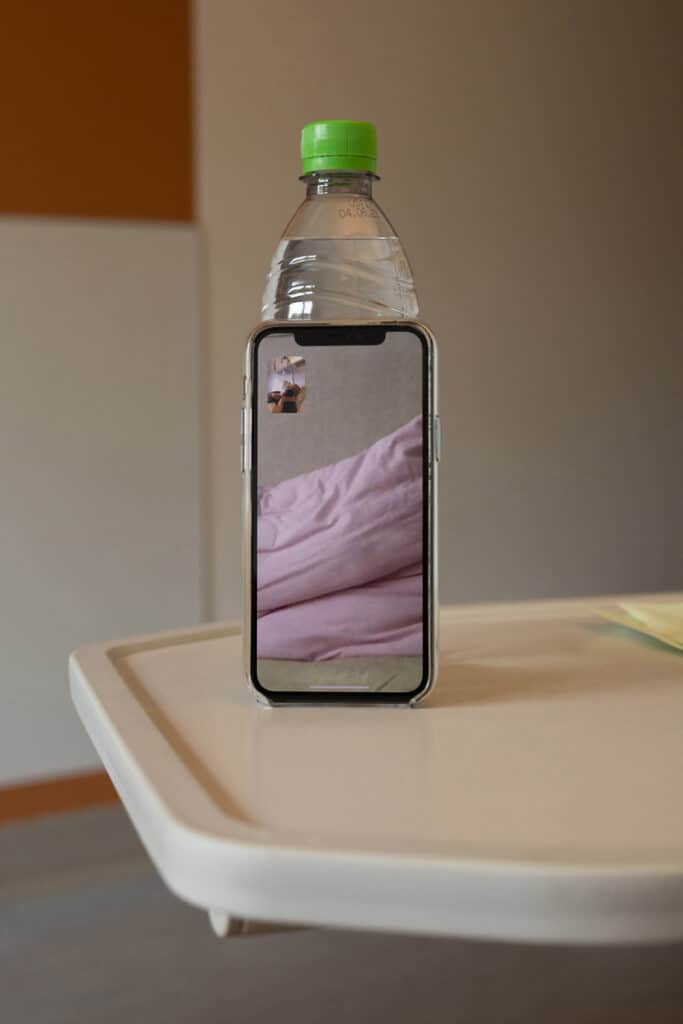
This comprehensive exhibition concludes with recent and never-before-seen portraits, landscape, and astrophotography, alongside older works. The platform just outside the sixth-floor exhibition space features Tillmans’s monumental collaboration with German sculptor Isa Genzken, Science Fiction / Hier und jetzt zufrieden sein (2001), a dizzying environment comprised of two irregularly gridded mirrored structures by Genzken and wake, the largest photograph Tillmans has ever made, depicting the aftermath of a party bidding farewell to his London studio. The installation’s title is partially drawn from the German phrase meaning “happy in the here and now,” evoking a contemplative mindfulness as visitors depart the exhibition.
Wolfgang Tillmans: To look without fear, September 12, 2022, through January 1, 2023, MoMA
Following its presentation at MoMA, Wolfgang Tillmans: To look without fear will travel to the Art Gallery of Ontario (April 15–September 20, 2023) and the San Francisco Museum of Modern Art (November 2023–February 2024).
Conversation between Wolfgang Tillmans and Don Christian Jones Thursday, September 22nd , 2022, 7:00 p.m., Titus 2 Theater
Join Wolfgang Tillmans in conversation with New York–based artist DonChristian Jones, whose work spans painting, musical albums, videos, and performance installation. In 2020, Jones founded Public Assistants Inc., a mutual aid network and community design lab headquartered in Brooklyn, in response to the crisis wrought by the COVID-19 pandemic. Between Bridges, founded by Tillmans in 2017 and committed to humanism, solidarity, and the advancement of democracy through the arts, LGBT+ rights, and anti-racism work, has recently supported the organizing work of Public Assistants. The program at MoMA will center on topics of shared interest between the two artists and social advocates, such as the power of images and music to create new kinds of public space and the relationship between artistic practice and community activism. Introduced by Roxana Marcoci

